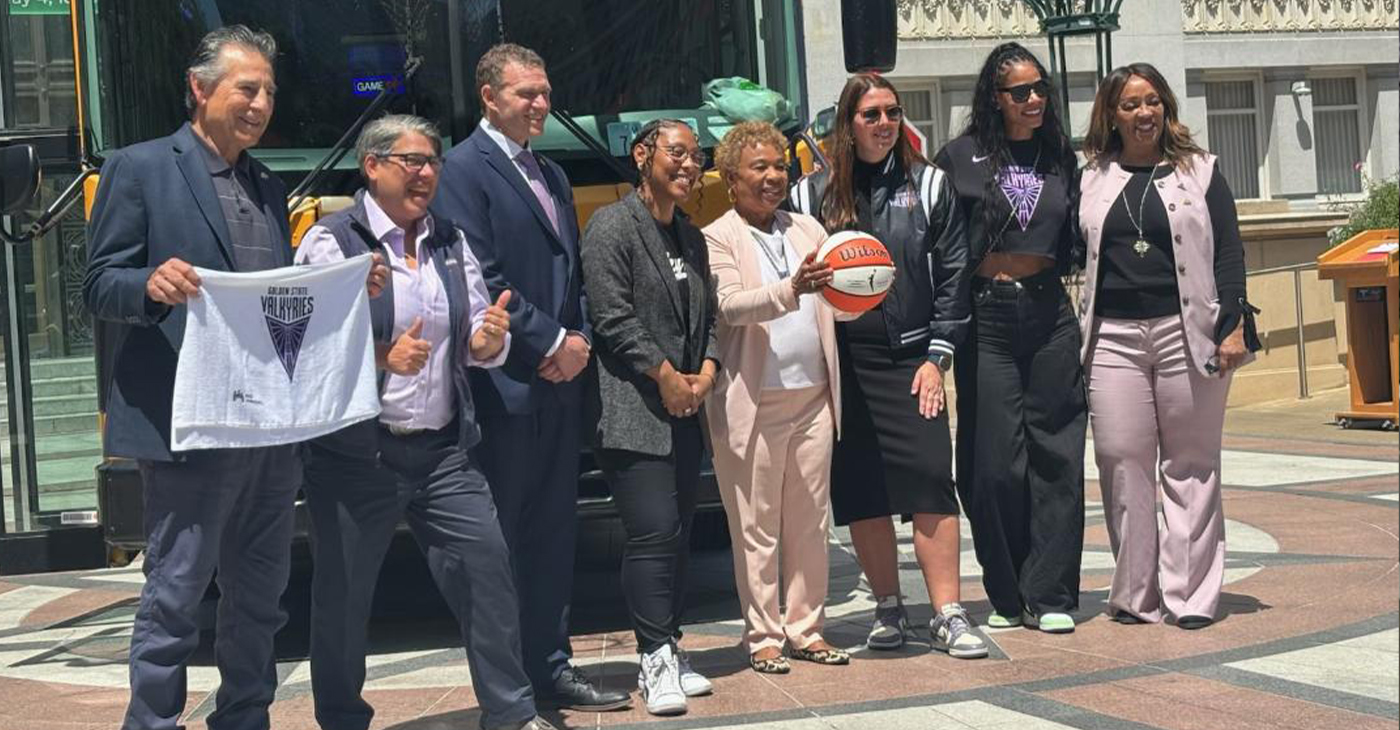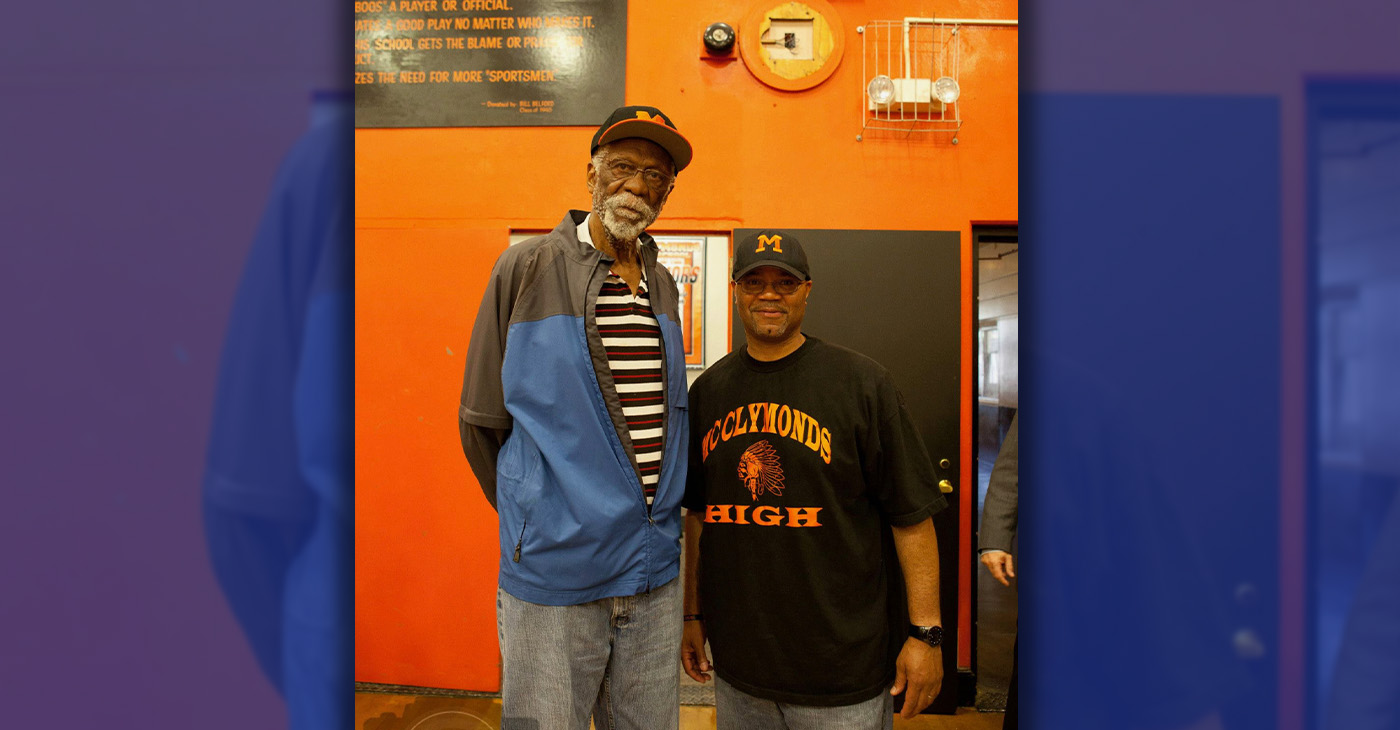Sports
Fight of Century is Now Battle in Court as Fans Sue Pacquiao

This May 2, 2015 file photo shows Manny Pacquiao, from the Philippines, left, and Floyd Mayweather Jr., embrace in the ring at the finish of their welterweight title fight in Las Vegas. Boxing fans across the country or at least their lawyers are calling the hyped-up fight between Pacquiao and Mayweather a fraud. Some 31 class action lawsuits had been filed through Friday alleging primarily the same thing: that Pacquiaos pre-existing shoulder injury should have been disclosed to fans ahead of time. (AP Photo/Isaac Brekken, File)
KIMBERLY PIERCEALL, Associated Press
LAS VEGAS (AP) — Boxing fans across the country and their lawyers are calling the hyped-up fight between Manny Pacquiao and Floyd Mayweather Jr. a fraud and want their money back, and then some.
At least 32 U.S. lawsuits seeking class-action status allege Pacquiao should have disclosed a shoulder injury to fans before the fight, which Mayweather won in a unanimous decision after 12 rounds that most fans thought didn’t live up to the hype.
Fight of the century? More like fraud of the century, the lawsuits contend.
“The fight was not great, not entertaining, not electrifying. It was boring, slow and lackluster,” according to a lawsuit filed in Texas alleging racketeering, a claim usually reserved for organized crime.
A lawsuit filed on behalf of Flights Beer Bar near Los Angeles International Airport in California said Pacquiao and his promoter’s actions were “nothing but a cash-grab.” The bar paid $2,600 to broadcast the fight.
The fighters are expected to earn more than $100 million each — Mayweather more than Pacquiao. HBO and Showtime broke records, raking in more than $400 million from 4.4 million people who paid to watch the pay-per-view broadcast.
Those viewers paid up to $100 each, and the lawsuits want that money back.
It isn’t as easy as showing a receipt and demanding a refund. A federal panel of judges will likely first need to decide if the lawsuits from multiple states and Puerto Rico should be consolidated into one case. From there, a judge would have to decide whether to certify them as class action or not.
What’s sought in each is the same: a jury trial and at least $5 million in damages, the threshold for federal class-action lawsuits.
But the defendants differ. All include Pacquiao and his promotions team but some add Mayweather and his representatives, along with HBO, Showtime and cable companies.
Representatives for Pacquiao and Top Rank Promotions, HBO and Showtime had no comment on the lawsuits. Mayweather Promotions did not return multiple phone messages.
Exhibit A for most of the lawsuits is a Nevada Athletic Commission medical questionnaire that Pacquiao signed days before the fight. When asked if he had any injuries, including to his shoulder, he replied, “no.”
In fact, his shoulder was injured enough to warrant surgery shortly after the fight.
In a twist, Pacquiao revealed for the first time in a post-fight press conference that he had torn his rotator cuff weeks before. The Nevada Athletic Commission denied him a pain reliever mere hours before the fight, when regulators first learned of the injury.
Conspiracy theories abound as to how many people knew about the injury and when, including claims in a few of the lawsuits that Mayweather had a spy in Pacquiao’s camp and the boxer targeted Pacquiao’s right shoulder during the fight.
Experts in resolving legal disputes doubt disgruntled boxing fans will be able to claim victory.
“They’d have more lawsuits if they didn’t hold the fight,” said Maureen Weston, director of Pepperdine University’s entertainment, media and sports dispute-resolution project.
If a fight is what fans were paying for, the boxers unquestionably delivered, she said. Just because people didn’t like the show doesn’t mean they get their money back, Weston said.
Ultimately the question is: Who did Pacquiao have a legal duty to explain his injury to?
Short answer: He didn’t have to tell viewers, she said. The only contract viewers had was with their cable companies, which had contracts with HBO and Showtime.
It’s not the first time customers have gone to court when things didn’t go quite the way they expected in the field of entertainment.
Remember Milli Vanilli? Music fans in the 1990s argued the lip-synching pop duo owed them a refund once it was revealed they weren’t actually singing.
Or the bite-fight with Mike Tyson? Sports fans may have gotten an earful, but they contended they didn’t pay to see a boxing match only for it to be disqualified.
Neither resulted in judgments for refund-seeking customers. Milli Vanilli fans got a buck or two back in a settlement.
So if viewers were promised a fight, and they got a 12-round fight, isn’t that enough?
Lawyer Caleb Marker, who represents clients in two separate class-action suits against Pacquiao, says that’s arguable.
Copyright 2015 The Associated Press. All rights reserved. This material may not be published, broadcast, rewritten or redistributed.
Alameda County
Seth Curry Makes Impressive Debut with the Golden State Warriors
Seth looked comfortable in his new uniform, seamlessly fitting into the Warriors’ offensive and defensive system. He finished the night with an impressive 14 points, becoming one of the team’s top scorers for the game. Seth’s points came in a variety of ways – floaters, spot-up three-pointers, mid-range jumpers, and a handful of aggressive drives that kept the Oklahoma City Thunder defense on its heels.

By Y’Anad Burrell
Tuesday night was anything but ordinary for fans in San Francisco as Seth Curry made his highly anticipated debut as a new member of the Golden State Warriors. Seth didn’t disappoint, delivering a performance that not only showcased his scoring ability but also demonstrated his added value to the team.
At 35, the 12-year NBA veteran on Monday signed a contract to play with the Warriors for the rest of the season.
Seth looked comfortable in his new uniform, seamlessly fitting into the Warriors’ offensive and defensive system. He finished the night with an impressive 14 points, becoming one of the team’s top scorers for the game. Seth’s points came in a variety of ways – floaters, spot-up three-pointers, mid-range jumpers, and a handful of aggressive drives that kept the Oklahoma City Thunder defense on its heels.
One of the most memorable moments of the evening came before Seth even scored his first points. As he checked into the game, the Chase Center erupted into applause, with fans rising to their feet to give the newest Warrior a standing ovation.
The crowd’s reaction was a testament not only to Seth’s reputation as a sharpshooter but also to the excitement he brings to the Warriors. It was clear that fans quickly embraced Seth as one of their own, eager to see what he could bring to the team’s championship aspirations.
Warriors’ superstar Steph Curry – Seth’s brother – did not play due to an injury. One could only imagine what it would be like if the Curry brothers were on the court together. Magic in the making.
Seth’s debut proved to be a turning point for the Warriors. Not only did he contribute on the scoreboard, but he also brought a sense of confidence and composure to the floor.
While their loss last night, OKC 124 – GSW 112, Seth’s impact was a game-changer and there’s more yet to come. Beyond statistics, it was clear that Seth’s presence elevated the team’s performance, giving the Warriors a new force as they look to make a deep playoff run.
Barbara Lee
WNBA’s Golden State Valkyries Kick Off Season with Community Programs in Oakland
“The Golden State Valkyries are more than a team—they’re a movement,” said Oakland Interim-Mayor Kevin Jenkins. “Their touchdown in Oakland marks a new era of opportunity, inspiration, and equity in sports. This partnership reflects our city’s deep commitment to uplifting women, investing in youth, and building a community where every dream has a place to grow. We’re proud to welcome the Valkyries to The Town.”

Team installs new nets at playgrounds, holds flag-raisings at City Halls in Oakland and S.F.
Special to The Post
The Golden State Valkyries brought the excitement of their inaugural season to every corner of the Bay Area with a full slate of community celebrations leading up to their historic home-opener against the Los Angeles Sparks at the Chase Center in San Francisco on Friday.
The week featured flag-raising ceremonies at city halls in Oakland and San Francisco, three “Violet Net” installation days at Oakland parks to encourage basketball play, fun “Hoopbus” takeovers at multiple schools presented by Kaiser Permanente, and player appearances.
“The Golden State Valkyries are more than a team—they’re a movement,” said Oakland Interim-Mayor Kevin Jenkins. “Their touchdown in Oakland marks a new era of opportunity, inspiration, and equity in sports. This partnership reflects our city’s deep commitment to uplifting women, investing in youth, and building a community where every dream has a place to grow. We’re proud to welcome the Valkyries to The Town.”
In total, 90 violet nets were installed on 45 basketball courts across 34 public parks throughout Oakland this week. A list of the parks receiving violet nets can be found at Valkyries.com.
About the Golden State Valkyries
The Golden State Valkyries, the WNBA affiliate of the seven-time NBA Champion Golden State Warriors, were announced as the 13th WNBA franchise on Oct. 5, 2023. According to Norse mythology, Valkyries are a host of warrior women who are fearless and unwavering – flying through air and sea alike.
This brand is Golden State’s modern interpretation of Valkyries: strong, bold, and fierce. Tipping off during the 2025 WNBA season, the team is headquartered in Oakland and will play home games at Chase Center in San Francisco. For Golden State Valkyries’ assets, including team logos, visit valkyries.com.
Activism
McClymonds High Names School Gym for Star Graduate, Basketball Legend Bill Russell
William “Bill” Felton Russell was born on Feb. 12, 1934, and died on July 31, 2022. He achieved fame as a U.S. professional basketball player who played center for the Boston Celtics of the National Basketball Association (NBA) from 1956 to 1969. He was the centerpiece of the Celtics dynasty that won 11 NBA championships during his 13-year career.

By Ken Epstein
West Oakland’s McClymonds High School, “the School of Champions,” this week named the school’s gymnasium in honor of one of its most famous graduates, basketball legend Bill Russell (class of ’52).
William “Bill” Felton Russell was born on Feb. 12, 1934, and died on July 31, 2022. He achieved fame as a U.S. professional basketball player who played center for the Boston Celtics of the National Basketball Association (NBA) from 1956 to 1969. He was the centerpiece of the Celtics dynasty that won 11 NBA championships during his 13-year career.
Russell is widely known as one of the greatest basketball players of all time. In 2011, he received the Presidential Medal of Freedom, the country’s highest civil honor, from President Barack Obama for Russell’s contributions to basketball and the Civil Rights Movement.
The McClymonds’ naming ceremony was held on Wednesday, the same day as Russell’s birthday. Oakland leader Bill Patterson, a longtime friend of Russell’s, was scheduled to cut the ribbon at the reopening of the gym, which had been closed for several months for renovation. Russell’s daughter Karen was scheduled to attend the ribbon cutting.
Russell’s name and signature are now printed on the gymnasium floor.
Patterson was working at DeFremery Park when he met Russell. “I befriended him as a boy and during his years at University of San Francisco” said Patterson. “We stayed friends for the rest of his life.”
Said McClymonds Principal Darielle Davis, herself a McClymonds graduate, “We are excited to honor Bill Russell for his sports accolades and because he broke color barriers. He is part of our legacy, and legacy is really important at McClymonds.”
Brian McGhee, community schools manager at McClymonds and former football player at UC Berkeley, said that Russell meant a lot to him and others at the school. “He was a beacon of light and hope for West Oakland,” he said. “He did a lot for sports and for civil rights.”
Starting in 2018, Ben “Coach” Tapscott worked with Patterson and other McClymonds grads, community members, and former coaches to encourage the Oakland Board of Education to endorse the naming of the school gym, which finally happened recently.
“We worked hard to make this happen,” said Tapscott. “He’s an important part of McClymond’s history, along with a lot of other famous graduates,” he said.
-

 Activism3 weeks ago
Activism3 weeks agoOakland Post: Week of November 12 – 18, 2025
-

 Activism3 weeks ago
Activism3 weeks agoIN MEMORIAM: William ‘Bill’ Patterson, 94
-

 Activism3 weeks ago
Activism3 weeks agoHow Charles R. Drew University Navigated More Than $20 Million in Fed Cuts – Still Prioritizing Students and Community Health
-

 Bay Area3 weeks ago
Bay Area3 weeks agoNo Justice in the Justice System
-

 #NNPA BlackPress3 weeks ago
#NNPA BlackPress3 weeks agoLewis Hamilton set to start LAST in Saturday Night’s Las Vegas Grand Prix
-

 #NNPA BlackPress2 weeks ago
#NNPA BlackPress2 weeks agoBeyoncé and Jay-Z make rare public appearance with Lewis Hamilton at Las Vegas Grand Prix
-

 Activism2 weeks ago
Activism2 weeks agoOakland Post: Week of November 19 – 25, 2025
-

 #NNPA BlackPress3 weeks ago
#NNPA BlackPress3 weeks agoThe Perfumed Hand of Hypocrisy: Trump Hosted Former Terror Suspect While America Condemns a Muslim Mayor
























































